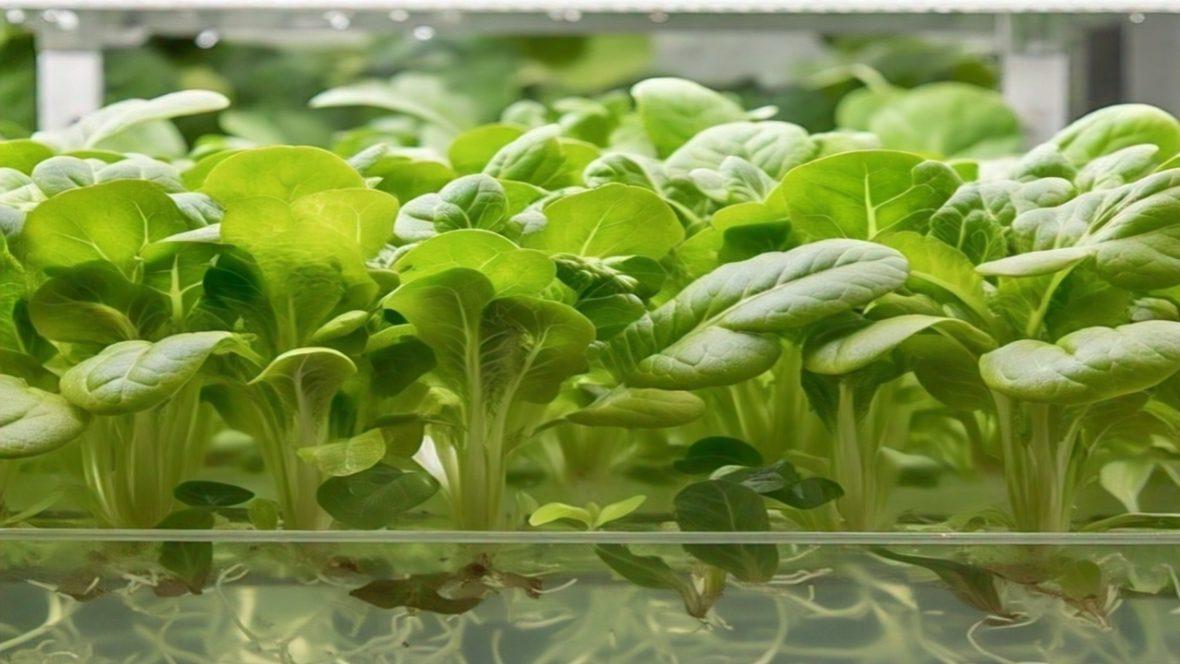Complete Guide to Hydroponics Farming in Nigeria: Setup, Costs, and Profits
Hydroponics farming, a soil-less method of growing plants using nutrient-rich water solutions, is a game-changing agricultural innovation. In Nigeria, where urbanization is reducing arable land, hydroponics presents an opportunity to grow fresh, high-quality crops with efficient use of space and resources. This guide provides a step-by-step process for starting a hydroponics farm, the costs involved, and insights into potential monthly earnings.
Why Hydroponics Farming is a Good Business in Nigeria
- Efficient Land Use: Suitable for urban and semi-urban areas with limited space.
- Year-Round Production: Controlled environments allow continuous harvests.
- Higher Yields: Plants grow 30-50% faster compared to traditional farming.
- Water Conservation: Uses up to 90% less water than conventional methods.
- Premium Pricing: Hydroponically grown produce often commands higher prices due to quality.
Step-by-Step Guide to Starting Hydroponics Farming in Nigeria
Step 1: Conduct Market Research
- Identify crops with high demand and premium pricing in your target market.
- Examples include leafy greens, herbs, tomatoes, strawberries, and bell peppers.
- Study competitors and their pricing strategies to identify your unique selling point.
Step 2: Choose a Hydroponic System
There are several hydroponic systems to choose from, depending on the type of crops you want to grow and your budget:
- Nutrient Film Technique (NFT): Ideal for leafy greens and herbs.
- Deep Water Culture (DWC): Suitable for larger crops like tomatoes.
- Drip System: Versatile and works for various plants.
- Aeroponics: Advanced system where roots are misted with nutrients.
- Ebb and Flow: Best for strong-rooted crops.
Step 3: Select a Location
- A greenhouse or any enclosed area with access to sunlight, clean water, and electricity is ideal.
- For small-scale setups, a backyard or rooftop can suffice.
Step 4: Procure Equipment
Here’s a detailed list of equipment and costs:
| Item | Cost Range (NGN) |
|---|---|
| Greenhouse (optional) | 1,000,000 – 2,000,000 |
| Hydroponic system (depending on type) | 500,000 – 1,500,000 |
| Water pump | 15,000 – 50,000 |
| Nutrient reservoirs | 20,000 – 100,000 |
| Grow lights (for indoor setups) | 50,000 – 300,000 |
| Nutrient solution (monthly) | 10,000 – 50,000 |
| pH meter | 5,000 – 15,000 |
| EC meter | 10,000 – 20,000 |
| Seeds | 5,000 – 20,000 |
| Growing medium (e.g., cocopeat, perlite) | 10,000 – 50,000 |
| Miscellaneous tools | 20,000 – 100,000 |
Step 5: Install the System
- Assemble the structure according to your chosen hydroponic system.
- Connect the water reservoir, irrigation system, and grow trays.
- Place the growing medium in the trays for the plants.
Step 6: Prepare Nutrient Solution
- Purchase premade hydroponic nutrients or mix fertilizers to create your own.
- Maintain pH levels between 5.5 and 6.5 using a pH meter.
- Use an EC meter to ensure proper nutrient concentration.
Step 7: Plant Crops
- Germinate seeds in a nursery before transferring seedlings to the hydroponic system.
- Ensure that the roots are in contact with the nutrient solution.
Step 8: Monitor and Maintain
- Regularly check water levels, nutrient concentrations, and plant health.
- Clean equipment to prevent blockages and algae growth.
- Replace nutrient solutions as needed.
Costs of Starting Hydroponics in Nigeria
The total investment depends on the scale of your operation:
| Scale | Estimated Costs (NGN) |
|---|---|
| Small-scale setup | 200,000 – 500,000 |
| Medium-scale setup | 500,000 – 1,500,000 |
| Large-scale setup | 2,000,000 – 10,000,000 |
Crops Suitable for Hydroponics in Nigeria
- Leafy Greens: Lettuce, spinach, kale.
- Fruits: Tomatoes, cucumbers, strawberries.
- Herbs: Basil, mint, parsley, cilantro.
- Peppers: Bell peppers, chili peppers.
How Much Can You Make Monthly from Hydroponics Farming?
Example: Lettuce Production
- Lettuce grows in 30 days under hydroponic conditions.
- A 10m² system can grow up to 300 heads of lettuce per cycle.
- With 2 cycles per month, you can harvest 600 heads.
| Income Breakdown | Amount (NGN) |
|---|---|
| Selling price per head | 300 – 500 |
| Monthly revenue (600 heads) | 180,000 – 300,000 |
| Monthly expenses (nutrients, electricity, maintenance) | 30,000 – 50,000 |
| Net Profit | 150,000 – 250,000 |
Example: Tomato Production
- A medium-scale system can produce 500kg of tomatoes per month.
- Market price for hydroponic tomatoes ranges between 500 – 800 NGN per kg.
| Income Breakdown | Amount (NGN) |
|---|---|
| Selling price per kg | 500 – 800 |
| Monthly revenue (500kg) | 250,000 – 400,000 |
| Monthly expenses | 50,000 – 70,000 |
| Net Profit | 200,000 – 330,000 |
Selling Hydroponic Produce in Nigeria
1. Target Markets
- Urban households: Sell fresh produce directly to health-conscious consumers.
- Restaurants and hotels: Supply premium, pesticide-free vegetables and fruits.
- Supermarkets: Partner with retail chains to stock your products.
2. Value-Added Products
- Package produce in eco-friendly containers for higher market appeal.
- Offer pre-washed, ready-to-use vegetables.
3. Online Platforms
- Market your produce via social media (Instagram, Facebook) and e-commerce platforms.
- Partner with online grocery delivery services like Jumia Foods.
4. Farmers’ Markets
- Display your crops at local markets and fairs to attract buyers.
5. Export Opportunities
- Explore export markets for crops like basil, strawberries, and lettuce.
Challenges of Hydroponics Farming and Solutions
1. High Initial Investment
- Start small and expand gradually.
- Seek agricultural grants or loans to ease financial pressure.
2. Technical Knowledge
- Invest in training or hire experts to help set up the system.
- Regularly update your knowledge on hydroponic practices.
3. Power Supply Issues
- Use solar panels or generators as a backup.
- Opt for energy-efficient pumps and lights.
4. Market Awareness
- Educate consumers on the benefits of hydroponically grown produce.
- Use branding and marketing to highlight your produce’s freshness and quality.
Conclusion
Hydroponics farming is a profitable and sustainable venture for Nigerian entrepreneurs. By following this detailed guide, you can set up a productive hydroponics farm, grow premium crops, and tap into the lucrative market for fresh produce. With proper management, a small or medium-scale setup can generate monthly profits ranging from NGN 150,000 to NGN 330,000, making it an excellent investment opportunity.




